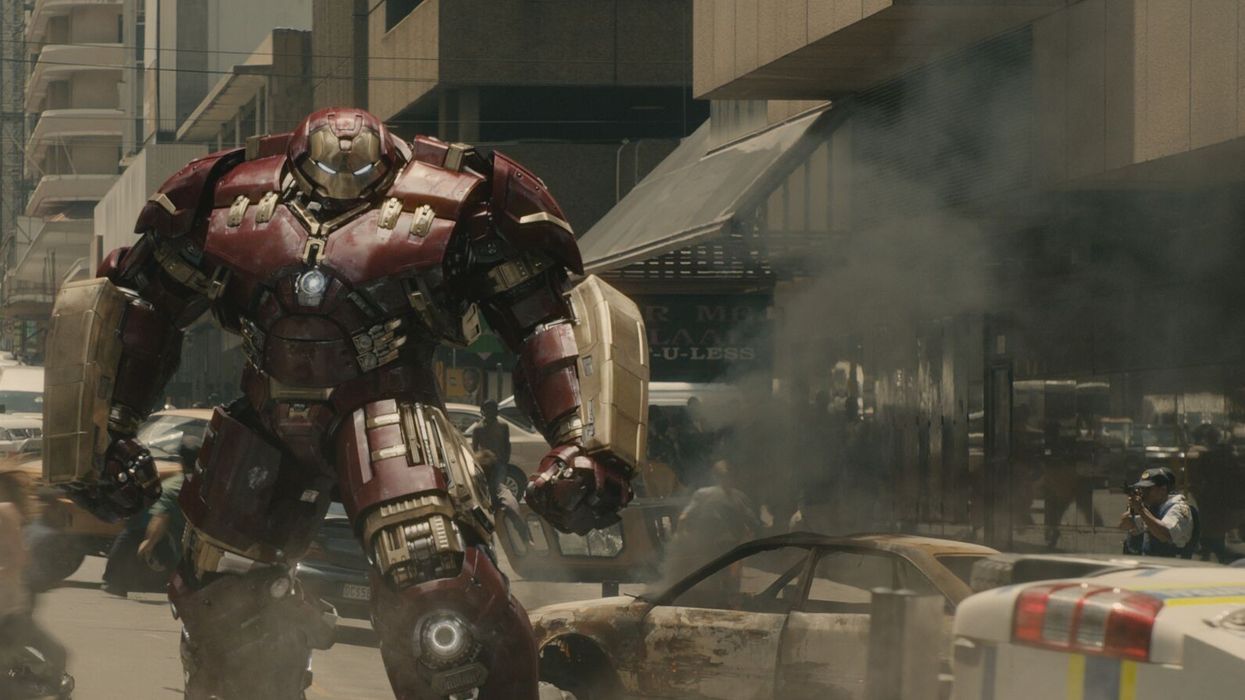'Avengers: Age of Ultron' Was Shot Partly on Blackmagic Pocket Cinema Cameras
Blackmagic's diminutive pocket cameras are finding homes in the craziest places, including on the sets of massive Hollywood action flicks with budgets the size of the GDP of a small country.

As you would expect of a camera that costs less than a grand and has some very respectable image quality, independent filmmakers have taken advantage of the BMPCC in most every way imaginable. A pair of pocket cameras even landed roles as A-cams on a beautiful feature that ended up taking Sundance by storm. However, you probably wouldn't expect the BMPCC to be showing up on huge Hollywood sets.
That's exactly where it found itself recently with Avengers: Age of Ultron, one of the biggest action flicks in recent memory. Check out the trailer below:
In a recent press release from Blackmagic Design, we got a few quotes from the film's DP, Ben Davis, who has shot loads of other features, both large and small, throughout the years. Here are a few choice excerpts about why the BMPCC found extensive use on the film's second unit, particularly during large action sequences.
"There are two large battle sequences in particular during the film, the first is at the beginning and the second features in the third act, and we very much wanted these to be shot as a war correspondent would cover news in a conflict zone. What we needed was a lightweight camera that we could then distribute around the set during the filming of battle sequences that would give us more than twelve frames of good quality HD material that we could match with our main camera package. For this we used eight Pocket Cinema Cameras paired with either a 14mm pancake lens or a 12-35mm zoom, which we then mounted to impact points around the set.
Say for example a truck was being blown up and thrown through the air and we wanted to capture it landing on top of a car, we would put one of the Pocket Cinema Cameras in a small metal housing and put it in the car. Another instance involved mounting the Blackmagic camera to a tank, because we could literally strap it one on the end of a magic arm and bolt it to almost anywhere we wanted it to be on the tank.”
So there you have it. If you'd like to read more about how the BMPCC was used to capture unique perspectives in action-packed sequences, check out Blackmagic's press release as well as this more in-depth piece from Studio Daily.
Source: Blackmagic Design













